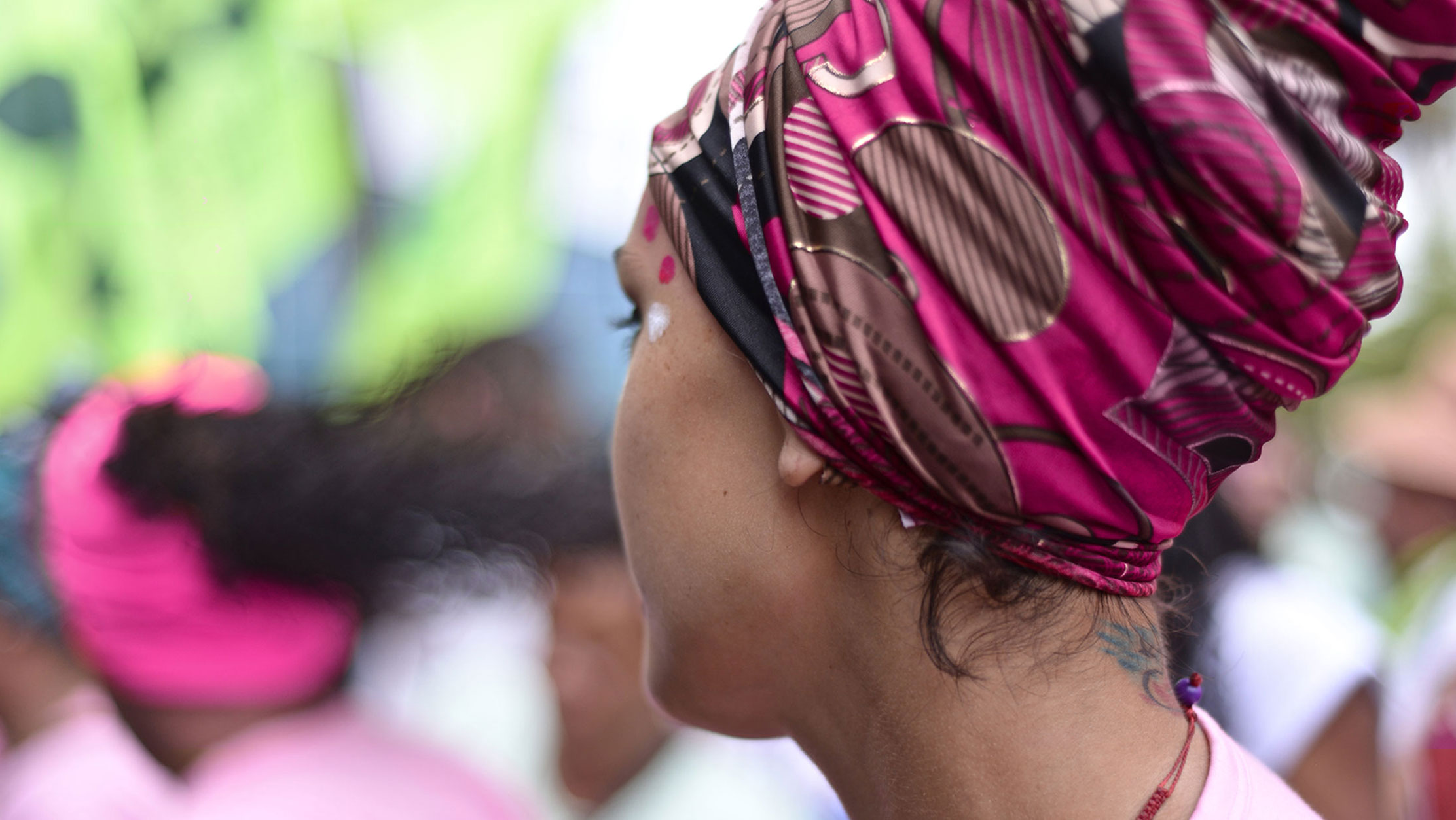The resolution on elimination of discrimination against women and girls, led by Mexico, and co-sponsored by 63 States as of 17 July 2020 focused on multiple and intersecting forms of discrimination faced by women and girls and the measures states should take to address the same.
The resolution, which is leaner and streamlined from previous years, also pays particular attention to the impacts of COVID-19 on women and girls, highlighting that COVID-19 has exacerbated pre-existing inequalities and structural discrimination including patriarchy, racism and xenophobia and mandates states to address impacts of patriarchy and xenophobia on women and girls. It also centres substantive equality and requests States to consider incorporating, inter alia, temporary special measures as essential. It mandates states to take a human rights and gender responsive approach in their measures to deal with COVID 19, such as socio economic opportunities, health care services, vaccines and treatments options and underlying determinants of health, including food, adequate housing, safe drinking water and sanitation. However, the resolution fails to address the gendered impact of the systematic paring down of health systems (almost universally, with only a few exceptions) and the likely further weakening of systems resulting from structural adjustment aid conditionalities and also State's misguided and lethal commitment to neo-liberal macroeconomic policies and market logics.
The resolution also urges States to “repeal all laws and policies that exclusively or disproportionately target or criminalize the actions or behaviour of women and girls” and requests States to review their legislative frameworks using a gender-responsive and intersectional approach. It by-annualizes the resolution on the elimination of discrimination against women and girls. Significantly, the resolution highlights the gendered impacts of the pandemic on health including the need to prioritise sexual and reproductive health information and services. In this context the resolution recognises sexual and reproductive health and reproductive rights free from coercion and violence, requests States to respect, protect and fulfil the right to sexual and reproductive health and the right to bodily autonomy. It is the first ever Human Rights Council resolution to not include Beijing and ICPD qualifiers, and therefore the sovereignty clauses contained in both these documents, (terms that restrict the scope) when dealing with issues and concepts related to sexual and reproductive health and rights.

This resolution represents a major advance in women’s and girls’ human rights by:
-
Acknowledging and recognising the impact of multiple and intersecting forms of discrimination faced by women and girls
-
Recognising that substantive equality can be achieved by eliminating root causes of structural and systemic discrimination which includes, deep rooted patriarchal and gender stereotypes, socio-political and economic inequalities, systemic racism.
-
Reaffirming that full enjoyment of all human rights by all women and girls includes sexual and reproductive health and reproductive rights, free from coercion, discrimination and violence
-
Urging states to respect, protect and fulfil the right to sexual and reproductive health and including by addressing social determinants of health and upholding the right to bodily autonomy
-
Ensuring universal access to evidence based comprehensive sexuality education
-
Calling upon states to implement policies and actions designed to eliminate racist, xenophobic, patriarchal, ablest and gender stereotypes that perpetuate multiple and intersecting forms of discrimination against women and girls.
-
Urging states to enable the full effective meaningful participation of feminist groups, women and girls human rights defenders, girl and youth led organisations in the creation, design, implementation and monitoring of all legislation and policies relevant to achieving substantive equality.
While the significance of these concepts in the resolution cannot be overemphasised, we are disappointed that the term ‘sexual and reproductive health and rights’ was not retained in the resolution. While included in the first draft, it was removed during the negotiation process.
We are concerned by the manner in which states politically instrumentalize the Human Rights Council and its resolutions as a forum for political point-scoring and posturing, instead of meeting their legal obligations in ensuring women and girls’ human rights are respected, protected and fulfilled and upholding the highest standards of international human rights law, as should be the role of the HRC. As the resolution points out, “women make up 70 percent of front line workers in the health and social sector across a range of occupations,” yet women’s and girl’s fundamental human rights were up to discussions. The (defeated) amendments put forward by Saudi Arabia, Pakistan and the Russian Federation and statements of disassociation against progressive paras of the resolution highlight this trend. We are also concerned by the global trend of coordinated attacks against women’s and girls’ rights by conservative and anti-choice organizations and groups at the HRC, negating women’s and girls’ experiences and realities and bringing social control over their lives and bodies to the negotiating rooms of the Council.
The 44th session of the Human Rights Council was held during a pandemic with severe restrictions on participation. This was especially true of Global South civil society actors. The COVID 19 pandemic has made it startlingly clear we live in a deeply unequal world. Inequalities on gender, racial, ethnic, class lines in every state cannot be ignored. While the Council has started to address these patterns of intersectional discrimination, it needs to remind itself that it is primarily accountable to women and girls themselves and put them at the centre of any and all of its deliberations.

